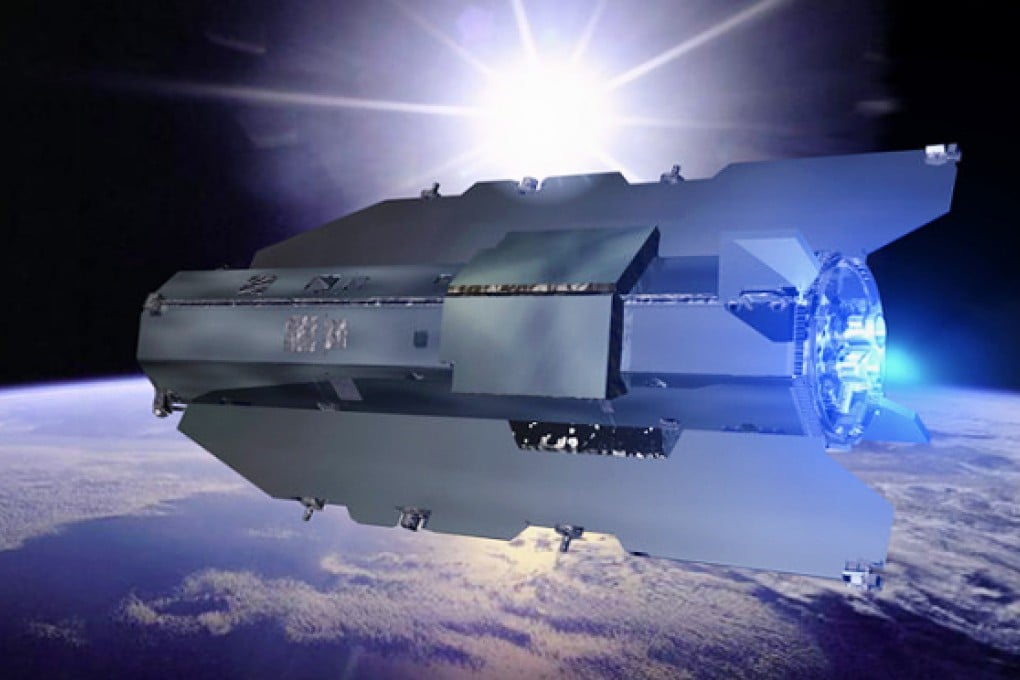‘Ferrari’ research satellite gives new insight into ocean currents
A satellite dubbed the "Ferrari of space" has yielded the most accurate model of ocean circulation yet, boosting understanding of the seas and a key impact of global warming, scientists said.

A satellite dubbed the "Ferrari of space" has yielded the most accurate model of ocean circulation yet, boosting understanding of the seas and a key impact of global warming, scientists said.
Data sent home by the Gravity field and Ocean Circulation Explorer (GOCE) "mapped variations in Earth's gravity with unrivalled precision," the European Space Agency said on Tuesday.
It has opened the way to "the most accurate model of ocean current speeds to date."
Marie-Helene Rio from Italy's Institute of Atmospheric Sciences and Climate said the data "will provide highly valuable new insight" into the oceans.
GOCE's data helped create the most precise "geoid", or a reconstruction of Earth as it is shaped by gravity. In practical terms, the work creates a hypothetical mean sea level - a crucial benchmark for measuring ocean rise driven by global warming.
